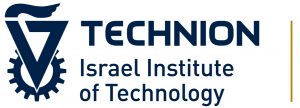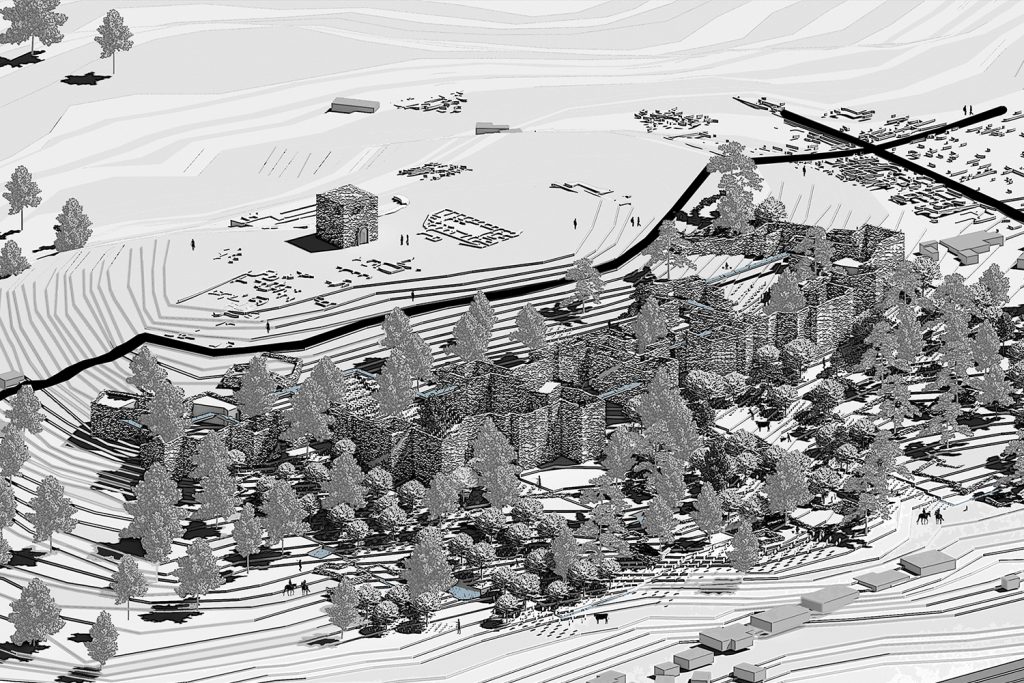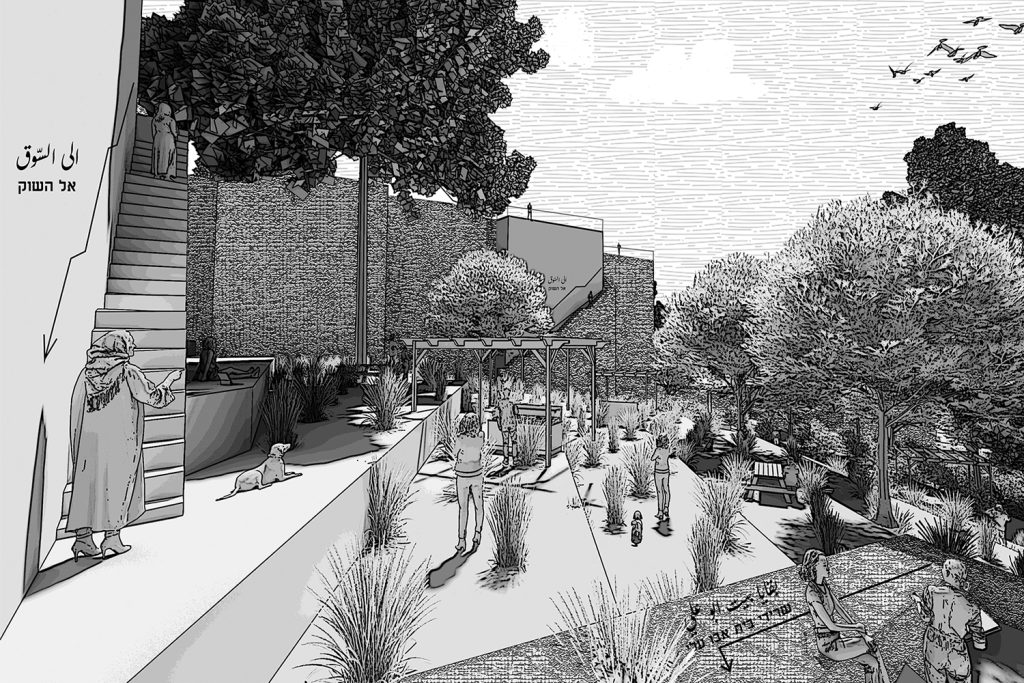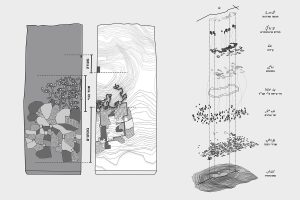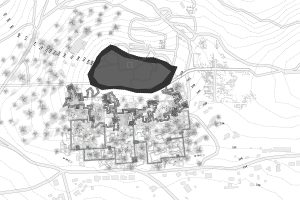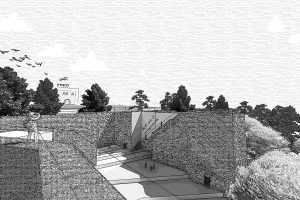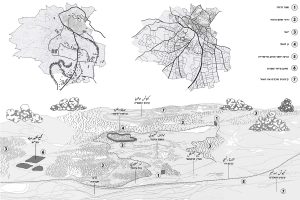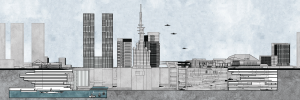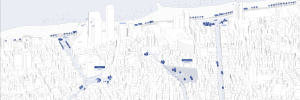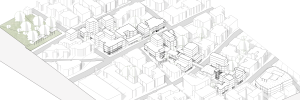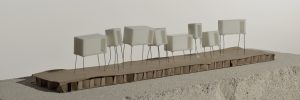Present Absentees in the Space
In Israel, there are countless examples of concealment and erasure actions taken in villages that were depopulated in 1948: House demolitions, landscape alterations, repurposing of land, uprooting of trees, and blocking access. As a case study of this phenomenon, the project focuses on the village of Saffuriyya, where my grandfather lived until the establishment of the state. The actions taken since 1948 on the physical elements that shaped the village obscure the identity and existence of the Palestinian village. The project seeks to shine a light on the lost elements and to uncover the logic behind the processes applied to them. In doing so, the project can propose an alternative to these processes that will make the former identity of the area present, using elements that characterized the lost Palestinian space.
The project proposes a traditional-educational-agricultural-tourist hub that exposes the unique agricultural tradition of the village of Saffuriyya, which was also integrated into the village’s living environment. The new space will include guest houses alongside educational workshops that offer both theoretical and practical agricultural knowledge, additional employment opportunities for locals, and research opportunities to benefit the agricultural sectors of the region. This development is expected to strengthen the status of Saffuriyya (historical Tzippori) as the former capital of the Galilee in two ways: First, as a traditional tourist site rich in historical layers and archaeological remains; and second, as an educational-agricultural site that teaches a recent forgotten tradition that has been erased from the timeline, while integrating into and contributing to the present-day space with its knowledge. Wood, stone, and water are central symbols in the Palestinian narrative, representing the historical, cultural, and emotional connection of the Palestinian people to their land and heritage. These elements together form a picture of a deep connection to the land, the past, and identity, and they appear in art, poetry, and political and cultural narratives. These same elements were also used by the Jewish National Fund (KKL) to erase the Palestinian identity of the area from the timeline. The primary planning actions in the project are based on reversing the concealment and erasure applied to the wood, stone, and water. In response to these actions, I created three planning systems based on these three elements: An agricultural layer that expresses the olive trees that had been uprooted, a stone layer that expresses the walls of houses that had been destroyed, and a water layer that expresses the wells that had been sealed.
